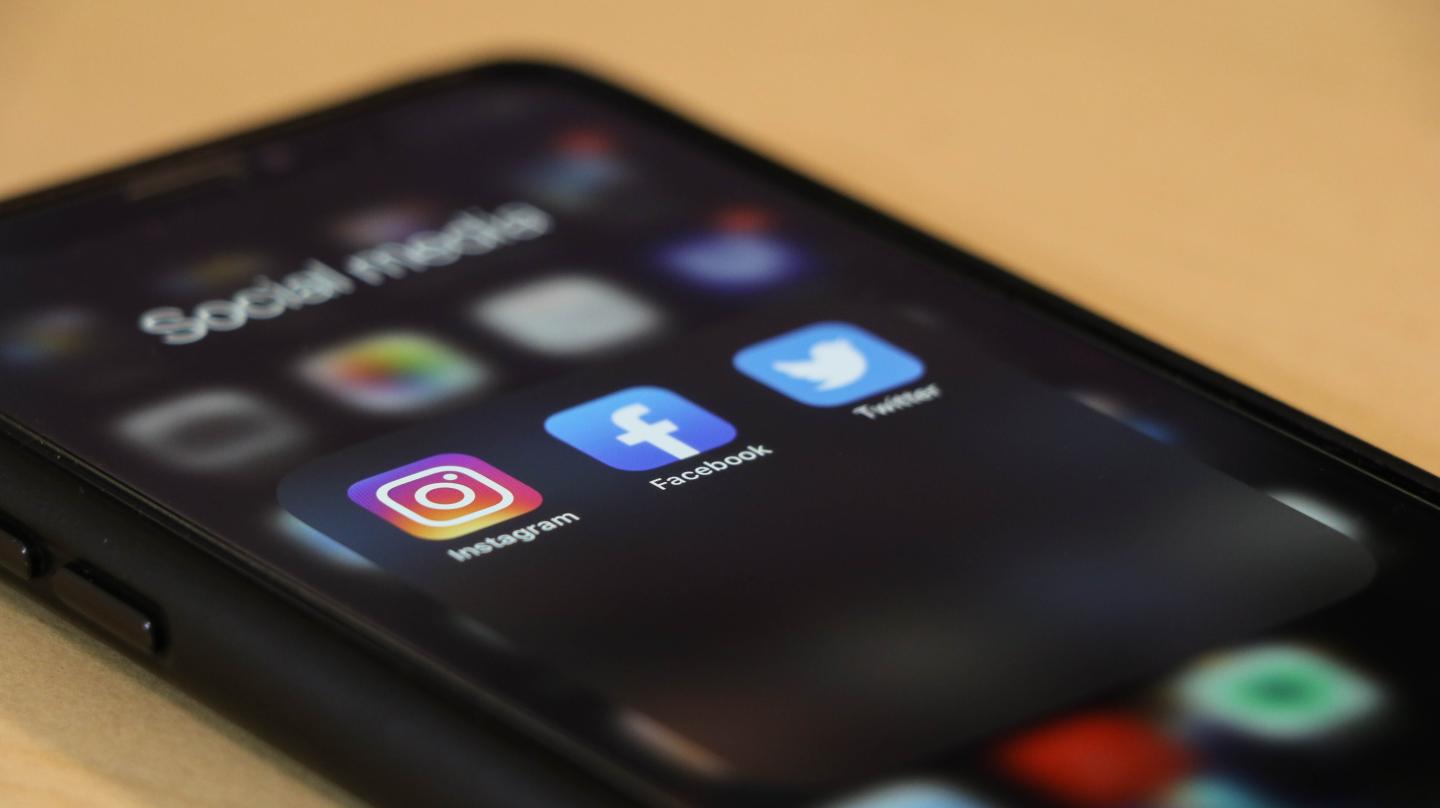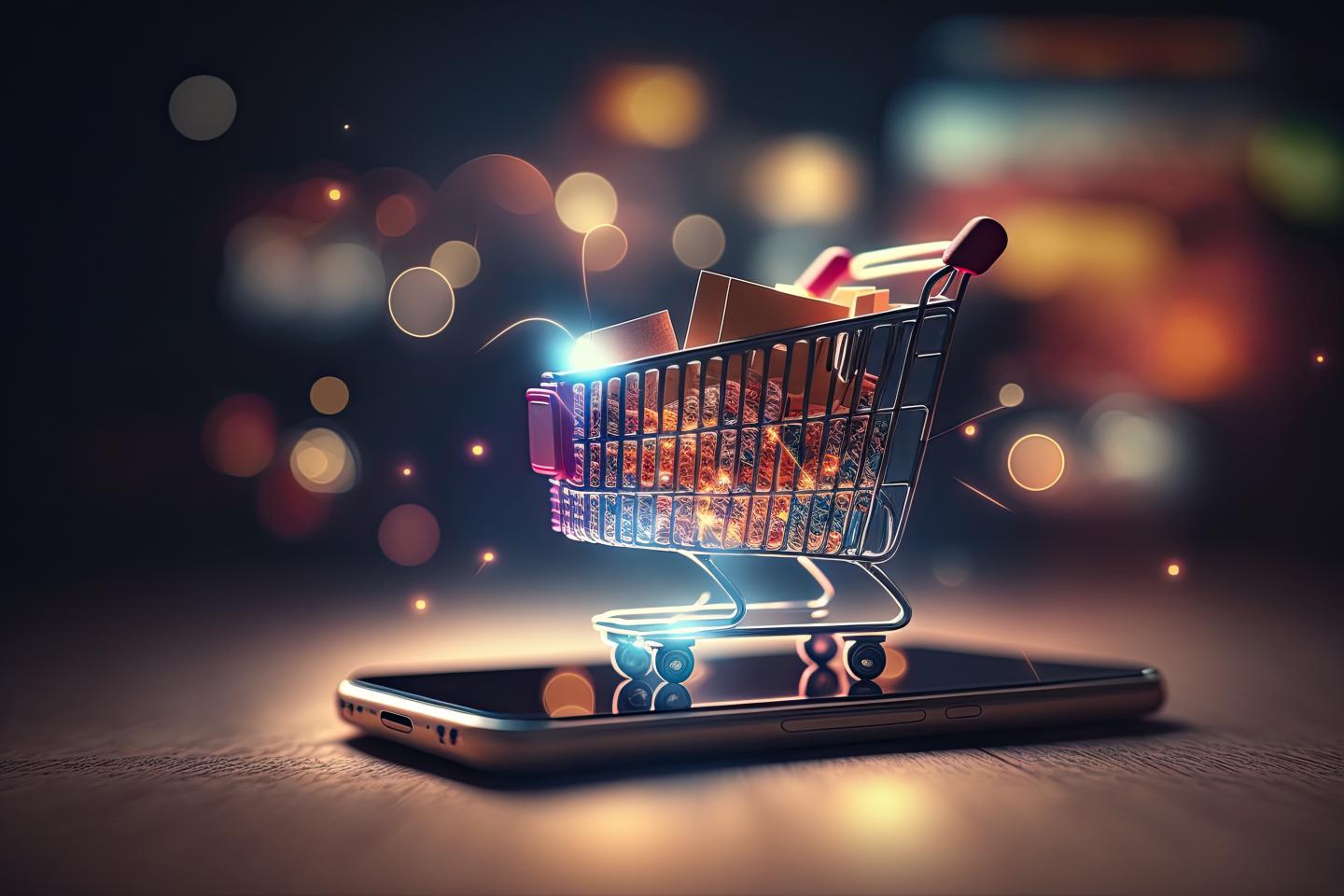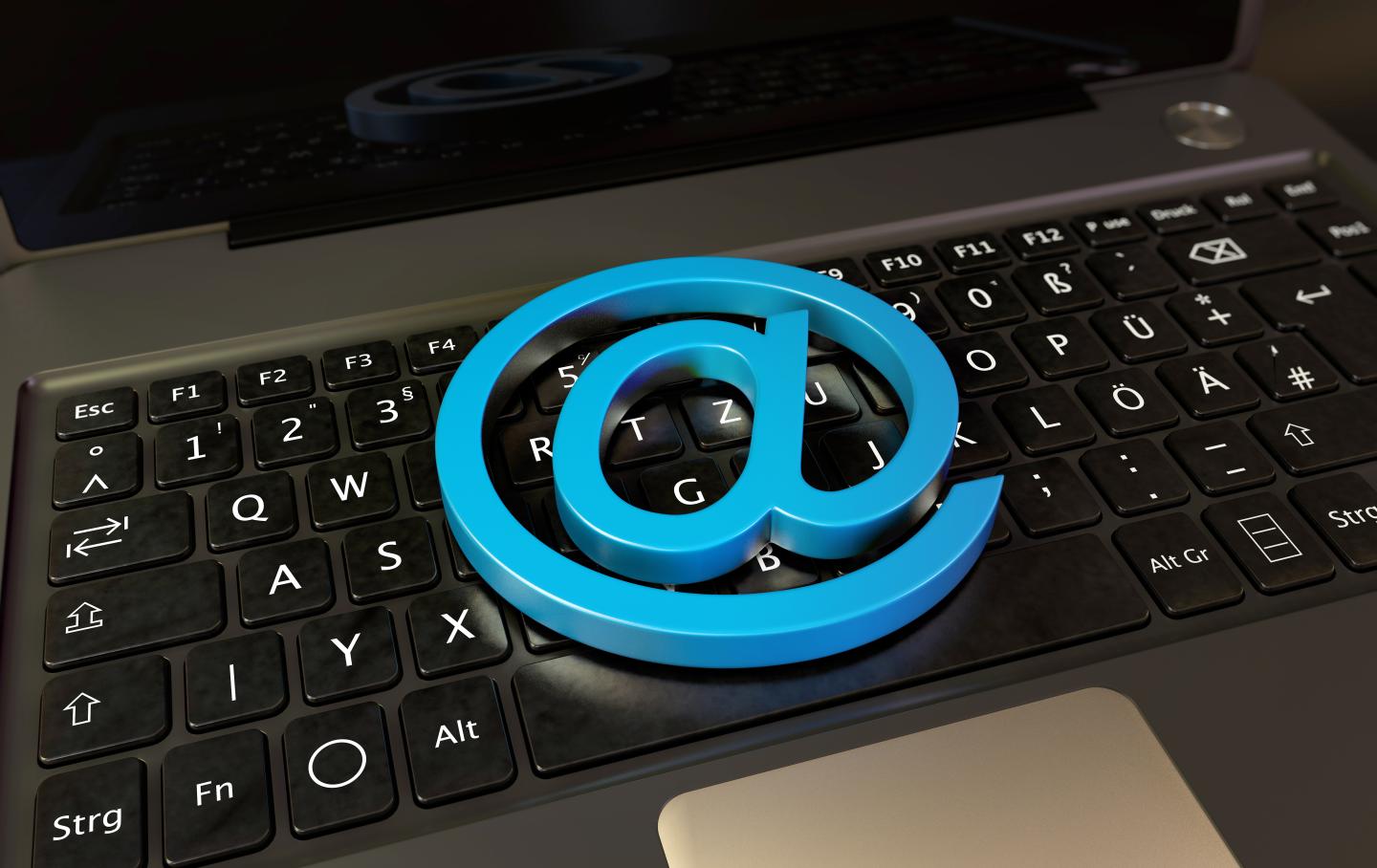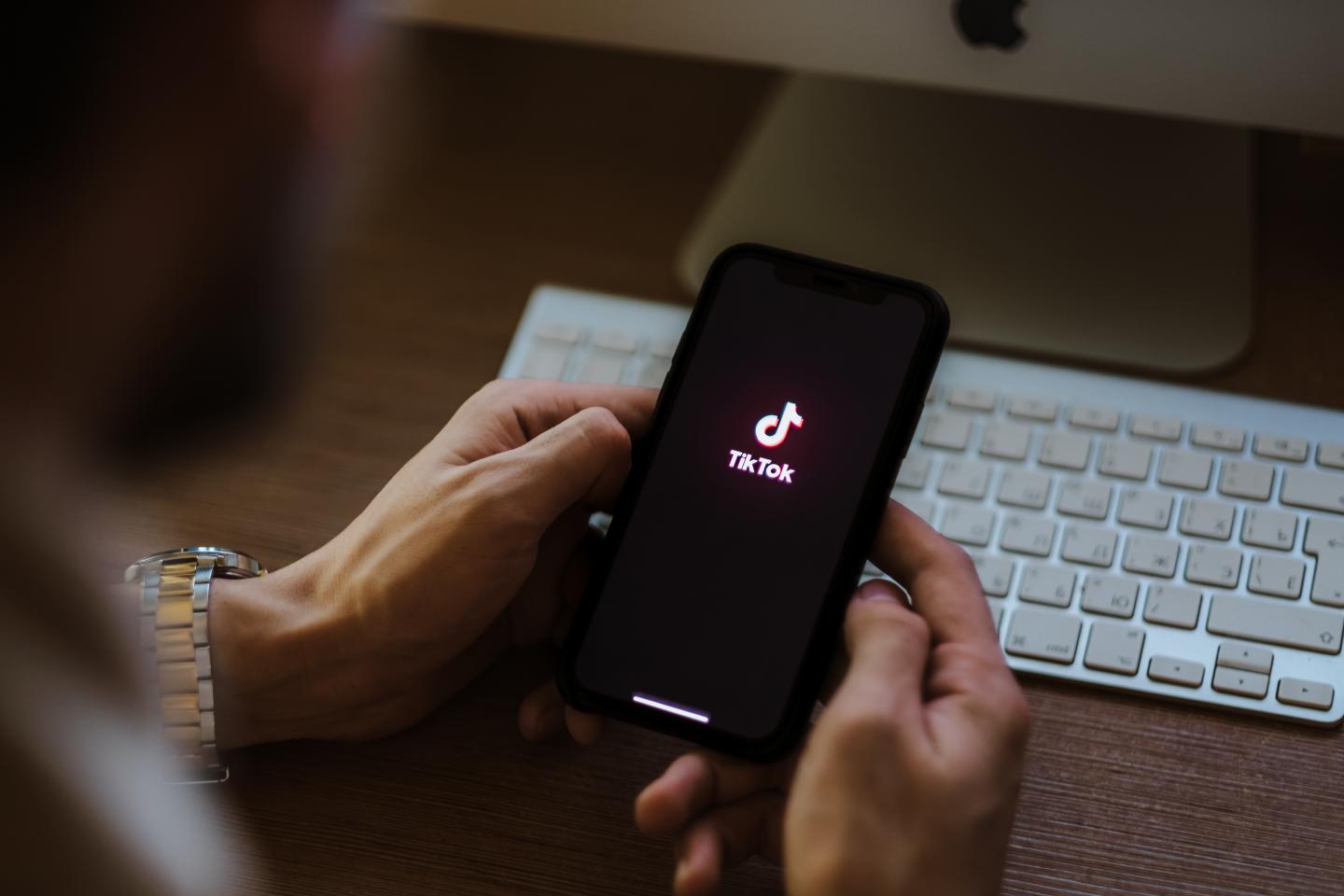Demystifying Partnership Amplification: Boosting, Dark Posting, Greenlisting, Branded Content, and Spark Ads

When it comes to the world of social media, paid partnership amplification is often a key element to extend the reach and impact of organic social media content. The ability to run paid ads from a partner’s handle lends brands additional third-party validation and gives them the opportunity to expose a net-new but highly relevant audience to the content, all while controlling the campaign objective and budget.
That being said, there are multiple routes to setting up ads that leverage partner content, oftentimes leaving many marketers confused about the how and why of each possible method. We’re here to shine some light on the different options when it comes to partnership amplification.
Facebook and Instagram
Facebook — and Instagram in particular — continue to be heavy hitters in the social media world. 67% of brands use Instagram for influencer marketing, making it the platform of choice for partnership marketing efforts. While Facebook itself is not as commonly used for partnership executions, the back-end integration of these two platforms results in amplification options being the same across both.
There are a few key terms to know when it comes to promoting partner content on Facebook and Instagram:

Boosting
Boosting is a term used to refer to creating an ad out of an organic post. On Facebook and Instagram, the image and copy from the post is not editable when boosting, but a CTA and URL click-through can be added.
Dark posting
Dark posting is when an ad is created in Ads Manager and does not exist as an organic post. Depending on how a partner’s account is connected to a brand’s, this method can be deployed to curate all aspects of the ad: copy and messaging, creative asset, CTA, and click-through URL.
Branded Content Tag
The Branded Content tag is a Facebook- and Instagram-specific tool that can be used by partners to indicate a paid relationship with a brand. The tag populates at the top of posts with a “Paid partnership with [brand]” announcement. Via usage of this tag, brands can pull an organic post into Ads Manager and boost the post in paid campaigns. Use of this tag must be approved by the brand to enable the partner to add it to posts. Partners must also toggle on approval for brands to use the post in advertising efforts before the content populates as boostable in Ads Manager. Brands can also track performance of the organic content when this tag is used via the Brand Collabs Manager.
Greenlisting

Greenlisting, sometimes also referred to as whitelisting, is an alternative route to gaining access to a partner’s handle for paid advertising purposes. This process connects the partner’s Facebook Business Manager with the brand’s Facebook Business Manager on the back end, at which point the brand can connect the relevant Facebook Page and/or Instagram handle to their ad account to run paid ads via the partner’s handle. This setup allows brands either to boost or dark post from the partner’s account. Partners must have a Business Manager account set up for this route or be willing to provide login credentials for their accounts to the brand. Brands cannot track organic performance if greenlisting is used instead of the Branded Content tag.
Pros and Cons
There are benefits to each route as well as potential drawbacks. The Branded Content tag is a great way to leverage content produced from shorter-term partnerships for boosting efforts, but does not allow the brand to curate messaging or creative for the ad. The process for using the Branded Content tag is more straightforward than greenlisting, and the brand is only granted access to content that is directly created on its behalf by the partner.
Greenlisting can be an excellent option for longer-term, deeper partnerships. The setup is more complex, which can be challenging, and for partners that do not have a Business Manager, this option is usually less appealing due to the need for login credentials instead, which is typically a sensitive request. However, when set up properly, brands can test dark posting or boosting via greenlisting, which provides more opportunity for optimization and increased performance. Additionally, brands can create custom audiences from the partner’s engagers, as well as lookalikes based on these custom audiences.
In general, the Branded Content tag is best used for shorter-term campaigns. This simplifies the beginning phase of the process on both the brand and partner side and provides a way to track organic performance and boost the content in a paid capacity. For longer-term relationships where the Branded Content tag may detract from the authenticity of the partnerships and the partner has a Business Manager set up, the greenlisting process can be a great way to better leverage those partnerships for paid efforts.

TikTok
This explosive platform has seen a massive increase in users and influencer marketing over the last few years. TikTok also enables brands to put paid support behind partner content, but the process differs from the Facebook and Instagram one.
On the whole, TikTok amplification is relatively simple: partners must share a video code with the brand, which can be utilized at the ad level in the TikTok Ads Manager to populate the organic video. These ads are called “Spark Ads” by TikTok — a native ad format that enables brands to boost organic content. No special tag is needed for these ads. Similar to the Branded Content tag, the organic post cannot be edited when using the video code for boosting.

Partners must activate ad authorization to generate the video code for a brand’s usage in a paid capacity. Authorization is granted for a specific time period but can be extended if necessary. These actions must be taken by the partner in order for brands to boost, or continue boosting, Spark Ads.
Additionally, the platform offers a similar greenlisting option to Facebook and Instagram, enabling brand accounts to link with partner accounts via the TikTok Business Center and their Identity Tool.
Partnership Amplification: A Powerful Tool for Reach
It is highly recommended to dedicate dollars to amplifying partner content, as this guarantees additional reach and exposure to the content created by partners on brands’ behalf. It also enables brands to incorporate new ad creative and continue to reach highly targeted, relevant audiences in their advertising. There are different routes to consider when implementing these paid tactics, so understanding the processes as well as the dynamics of each specific partnership can help to provide direction for setting up and executing paid efforts with partnership content.
This report on is part of a series of updates that provide data-driven insights and experience-based anecdotes from our social media team. If you have feedback or questions, please send us a note at info@backbone.media.


